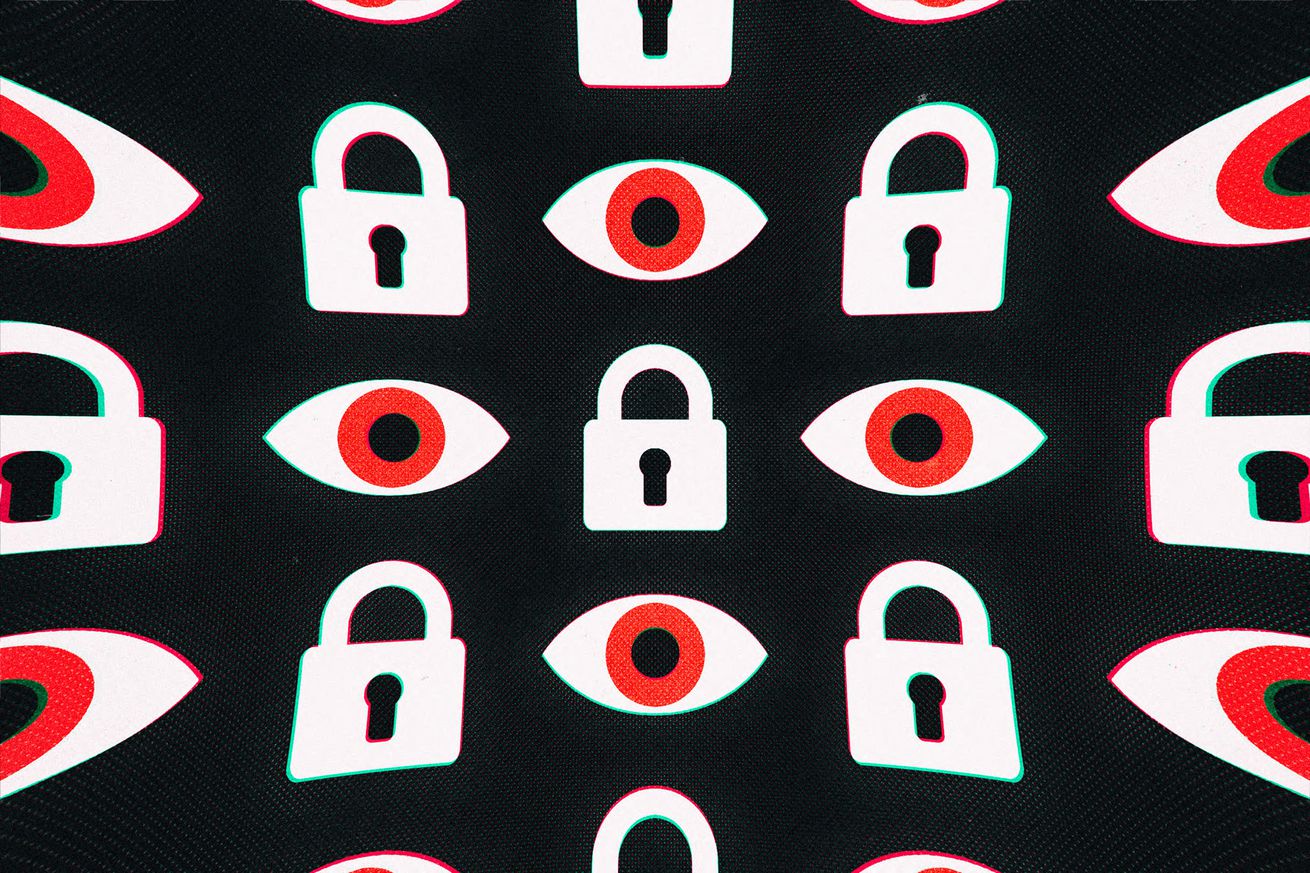
Here’s a reminder to make your Venmo transactions private, courtesy of Clarence Thomas
I’m currently looking at my Venmo feed. In an ideal world, I would see only a log of private payments I’ve made and received. Instead, I see a list of my friends’ business: someone paid a friend for “drinkies,” another for “rich bitch things.” Because we don’t live in an ideal world — we live in a society where a popular payment app will expose a Supreme Court justice’s potential conflicts of interest because someone else forgot to lock down their privacy settings.
The most recent example of poor Venmo security comes from Rajan Vasisht, a former aide to Supreme Court Justice Clarence Thomas. The Guardian tracked down Vasisht’s Venmo account and found several payments in 2019 from lawyers who had been Thomas’ legal clerks. The amount of the 2019 payments is unknown, but descriptions include “Thomas Christmas party,” “CT Christmas Party,” and “CT Xmas party.” The lawyers had gone on to work at high-profile law firms, and some of them had later argued cases before SCOTUS, including on issues like affirmative action.
Vasisht’s transactions are, obviously, no longer public.
The apparent payments for a Christmas party might not have been on reporters’ radar if Thomas wasn’t already under heightened scrutiny for his cozy relationships with powerful people seeking to reshape the law. Legal experts told The Guardian that the payments are a red flag:
Richard Painter, who served as the chief White House ethics lawyer in the George W Bush administration and has been a vocal critic of the role of dark money in politics, said it was “not appropriate” for former Thomas law clerks who were established in private practice to – in effect – send money to the supreme court via Venmo.
“There is no excuse for it. Thomas could invite them to his Christmas party and he could attend Christmas parties, as long as they are not discussing any cases. His Christmas party should not be paid for by lawyers,” Painter said. “A federal government employee collecting money from lawyers for any reason … I don’t see how that works.”
But this was just the latest case of Venmo revealing far more than users expect. For years, privacy experts have warned the public about what they could be inadvertently revealing on Venmo. Transactions are public by default, and users must manually change their privacy settings if they want to limit visibility. It’s not clear many users know this — or, even if they do, that they fully understand how much other people can see.
People have used public transaction history to figure out who won The Bachelor months before it aired. In 2021, it took BuzzFeed News less than 10 minutes to find Joe Biden’s account — and then family members and White House officials — after it was reported he had sent money to his grandkids using Venmo.
In 2018, the company told CNET, “We make it default because it’s fun to share [information] with friends in the social world. [We’ve seen that] people open up Venmo to see what their family and friends are up to.” I don’t know anyone who does this. And if there are such people, that’s all the more reason to change your settings — it’s weird to follow the financial transactions of friends, and it’s even more bizarre that Venmo would design its app around doing this. We often pay strangers on Venmo, too, not to interact socially but to purchase things. A bar in Brooklyn where I paid a cover fee, for example, hasn’t gone back and set previous payments to private. I can see the full names of hundreds of people who were there as recently as last September.
My friends are apparently paying each other for normal things like food, trips, and concert tickets — not exactly raising questions around Supreme Court ethics. But there’s no good reason to have these transactions public, and it’s easy to change your settings if you haven’t already. Go to Settings —> Privacy —> and hit private. Then click Past Transactions and change all to private while you’re at it. I will be sending this article to my friends, too.

